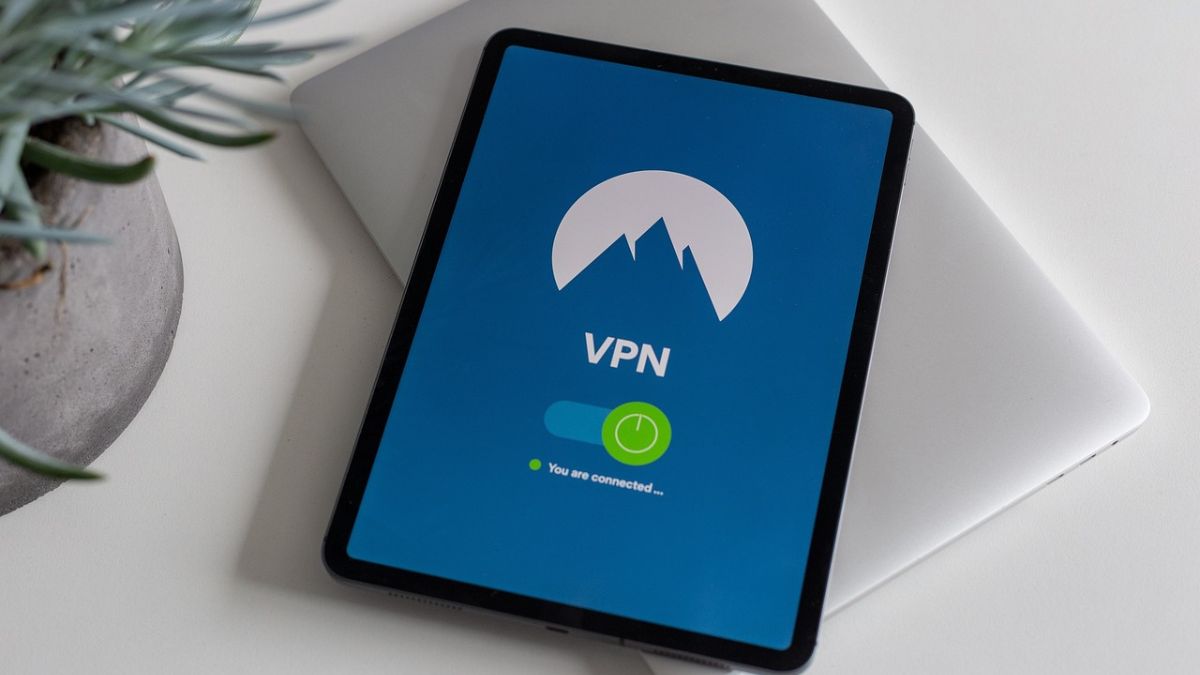In this digital age, where online privacy and security have become paramount, it is crucial to protect your Mac from potential threats. One effective way to safeguard your device and data is by using a Virtual Private Network (VPN). In this article, we will explore the importance of protecting your Mac with a VPN and how it can enhance your online security.
The Need for Mac Security
As technology advances, so do the risks associated with using digital devices. Mac users are not immune to these threats. Malicious hackers, data breaches, and intrusive surveillance can compromise your privacy and put your sensitive information at risk. Therefore, it is vital to take proactive measures to protect your Mac from such vulnerabilities.
Understanding VPNs
A VPN is a powerful tool that creates a secure connection between your Mac and the internet. It encrypts your data and routes it through a remote server, effectively hiding your online activities from prying eyes. By using a VPN, you can establish a secure and private connection, even when connected to unsecured networks.
Benefits of Using a VPN on Mac
1. Enhanced Security and Privacy
A VPN encrypts your internet traffic, making it unreadable to anyone trying to intercept it. This ensures that your personal information, such as passwords, credit card details, and browsing history, remains confidential. With a VPN, you can browse the web with peace of mind, knowing that your data is protected.
2. Protection on Public Wi-Fi Networks
Public Wi-Fi networks are notorious for their lack of security. Cybercriminals can easily exploit vulnerabilities in these networks to steal sensitive information. By using a VPN on your Mac, you create a secure tunnel that shields your data from potential eavesdroppers, making it safe to connect to public Wi-Fi hotspots.
3. Access to Geo-Restricted Content
A VPN allows you to bypass geographical restrictions imposed by websites and streaming platforms. By connecting to a server located in a different country, you can access content that is otherwise unavailable in your region. Whether it’s streaming your favorite shows or accessing region-specific websites, a VPN expands your online possibilities.
4. Protection against Online Tracking
Online advertisers and data brokers often track your online activities to gather information about your preferences and behavior. With a VPN, you can mask your IP address and prevent these entities from tracking you. By keeping your online activities private, you regain control over your digital footprint.
How to Choose the Right VPN for Your Mac
When selecting a VPN for your Mac, several factors should be considered:
1. Security Features: Look for a VPN that offers strong encryption protocols, such as AES-256. Additionally, features like a kill switch and DNS leak protection add an extra layer of security.
2. Server Network: A VPN with a wide range of servers across different countries allows you to choose the optimal location for your needs and helps with accessing geo-restricted content.
3. Speed and Performance:
Ensure that the VPN you choose does not significantly impact your internet speed. Look for providers with optimized servers for faster connections.
4. User-Friendly Interface: A VPN should be easy to set up and use. Look for intuitive apps that offer a seamless user experience.
5. Compatibility: Ensure that the VPN is compatible with macOS and offers dedicated apps for Mac users.
## Setting Up and Configuring a VPN on Mac
Setting up a VPN on your Mac is a straightforward process:
1. Choose a VPN Provider: Select a reputable VPN provider that suits your needs and offers a macOS app.
2. Sign Up and Download: Sign up for a subscription plan and download the VPN app for Mac from the provider’s website.
3. Install and Launch: Run the installer and follow the on-screen instructions to install the VPN app. Once installed, launch the app.
4. Connect to a Server: Choose a server location from the available options and click on the “Connect” button to establish a secure connection.
5. Verify Connection: Once connected, ensure that your IP address has changed, indicating that the VPN is working correctly.
VPN Best Practices for Enhanced Security
To maximize the security and effectiveness of your VPN usage on your Mac, consider the following best practices:
1. Enable Auto-Connect: Configure your VPN app to automatically connect whenever you access the internet, ensuring that you are always protected.
2. Regularly Update the VPN App: Keep your VPN app up to date to benefit from the latest security enhancements and bug fixes.
3. Use Two-Factor Authentication: Enable two-factor authentication for your VPN account to add an extra layer of security.
4. Avoid Suspicious Websites and Links: A VPN is not a substitute for responsible browsing. Be cautious and avoid clicking on suspicious links or visiting malicious websites.
5. Disconnect When Not in Use: If you’re not actively using the internet, disconnect from the VPN to conserve bandwidth and enhance the overall performance of your Mac.
Browsing Anonymously and Accessing Geo-Restricted Content
One of the significant advantages of using a VPN on your Mac is the ability to browse the internet anonymously and access geo-restricted content. By masking your IP address and connecting to a server in a different location, you can enjoy online anonymity and unlock a world of content that may be restricted in your region.
VPNs for Mac: Paid vs. Free Options
When choosing a VPN for your Mac, you will encounter both paid and free options. While free VPNs may seem tempting, they often come with limitations such as data caps, slower speeds, and a lack of robust security features. Paid VPNs, on the other hand, provide a more comprehensive and reliable service with better performance and enhanced security.
Conclusion
Protecting your Mac with a VPN is an effective way to safeguard your online activities, maintain your privacy, and enhance your overall security. By encrypting your internet traffic, a VPN shields your data from potential threats and allows you to browse the web with confidence. Remember to choose a reliable VPN provider, follow best practices, and implement additional security measures to ensure comprehensive protection for your Mac.











